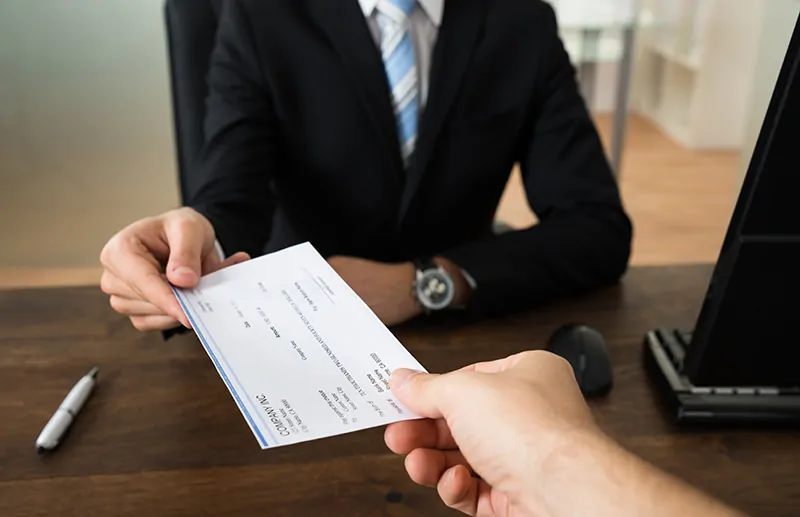
Is a limited liability partnership right for your business?
5 Sep 2016Setting up an LLP
A limited liability partnership, or LLP, combines the limited liability protection of a company with the flexibility of a traditional partnership.
LLPs tend to be more suited to professional service businesses such as lawyers or accountants (those professions that have historically used the traditional partnership structure) where the individual Member is directly responsible for delivering fee income and expects to be rewarded based on this and other performance measures, rather than in proportion to the “equity” they own.
What is an LLP?
An LLP is a hybrid of a limited company and a traditional partnership. Rather than shareholders like a limited company, LLPs are owned by the “Members” who each have capital invested in the business.
The LLP is registered at Companies House and is required to file annual accounts in a similar way to companies, albeit in a slightly different format. This is the main difference between and LLP and a traditional partnership; in order to benefit from limited liability status an LLP is required to make public their accounts, whereas a partnership’s accounts are entirely private.
However, while an LLP is listed at Companies House, Member’s tax responsibilities are more similar to a sole trader as each Member must file their own self-assessment tax return based on the profits they are allocated from the LLP.
In contrast a shareholder’s company would have to pay corporation tax based on company profits and the shareholder themselves would also have to complete a self-assessment tax return to cover income (salary or dividend) taken from the business.
The Members in an LLP aren’t personally liable for debts the business can’t pay - their liability is limited to the amount of money they invest in the business.
What to include in a Limited Liability Partnership Agreement
Members’ responsibilities and the mechanism for allocating profits or losses are set out in an LLP agreement.
The LLP agreement sets out how profits are shared among Members, who needs to agree decisions, Members’ responsibilities and how Members can join or leave the LLP.
An LLP must also have two ‘designated members’ who are responsible for registering the partnership for self-assessment as well as for VAT if sales are expected to be more than £83,000 a year.
They must also keep accounting records and prepare, sign and send annual accounts to Companies House.
Designated members also have to act for the LLP if it’s wound up and dissolved.
Benefits of an LLP
There is just one layer of tax when operating an LLP compared with a limited company, with each member responsible for their own self assessment tax return.
With a limited company there would be two layers of tax, corporation tax for the company and income tax due on salary as well as dividends for the individual shareholders, although if no salary or dividends are extracted there is no income tax to pay.
LLP members only pay income tax and national insurance on their allocated profits, whether or not these are withdrawn from the LLP.
It can also be more tax efficient than setting up a company. Profits can be shared differently each year to alter each partner’s tax liability if needed. LLPs can employ people but if you wanted to reduce your national insurance bill and payroll responsibilities you could just make some or everyone a member and they would then be responsible for their own tax.
LLPs can share their profits more flexibly according to the LLP agreement, so partners can receive different amounts. In comparison, a company has to pay the same dividend per share to everyone within the same share class.
There is slightly more privacy with an LLP as there are no articles of association to be filed with Companies House. Similarly there is no requirement for board meetings, unlike with a company structure.
Possible disadvantages of Limited Liability Partnerships
LLP is a fairly new legal category of business entity and one drawback can be where an exiting partnership structure wants to move to LLP. Existing creditors may try to insist that pre-existing personal liabilities remain when the LLP is set up.
The way you draw income always requires careful tax planning. Corporation tax on limited company taxable profits, currently at charged at 20 per cent, is lower than the rate of income tax if you are a higher rate or additional rate taxpayer, currently set at 40 per cent and 45 per cent respectively. So you could end up paying more tax on your income depending on how much you take.
If profits are being retained to be reinvested in the business it is more efficient to act as a company as the only liability would be corporation tax.
It may also be more difficult to get bank funding as they will be looking at the finances of lots of individuals rather than one corporate entity.
Get in touch with us to discuss how we can help if you are considering a Limited Liability Partnership structure. We can advise on tax and a range of practical other ways such as the right documents. We can also help where you have an existing structure, such as partnership and need to transition to an LLP.























